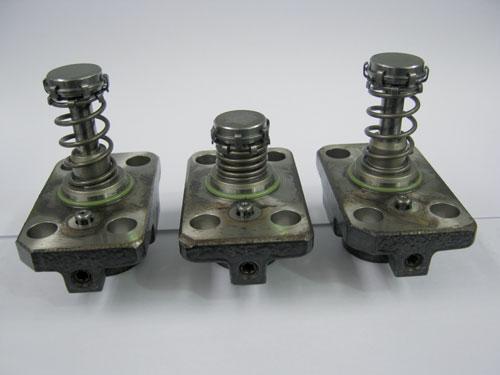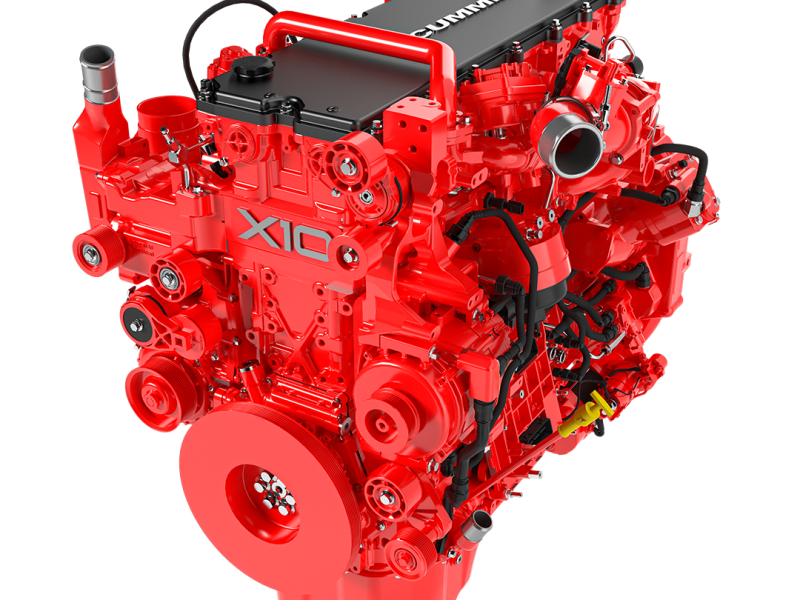AECS finds a similar problem with a different cause in a 2008 Hyundai H1 delivery van.
We dealt a year ago with an identical vehicle with a very similar complaint but as we discovered along the way this year, these common rail diesel problems can get unbelievably expensive, and a simple assumption can hold you up unnecessarily.
The customer complaint is exactly the same as the article I wrote about a year ago.
“The engine is accelerating fine when you take it slow but bogs down when you accelerate fully. After it bogging down it goes into limp home mode and only drives very slowly.
Every time the engine goes into limp home a fault code is set: “rail pressure too low”. The vehicle has been to a number of garages and specialists before it came to us.
The previous garage has already replaced the SCV, the rail pressure sensor and the PDV. They are about to order new injectors and want us to look into it.
Read on as the fault is totally different this time
Technical support help desk.
We asked the technician to firstly record with a scan tool the desired rail pressure and the actual rail pressure. We send him the recording made with the Launch scan tool a year ago. His scan tool recording looked exactly the same
We advised him that instead of recording with his ATS scope we could almost safely assume that his problem was the same as the one a year ago. We asked him to remove the return pipe from the rail pressure discharge valve (PDV) and fit a long clear hose instead with an air pocket in the top to see if the valve would let fluid out when the fault occurred. The valve was disconnected and a dummy load was connected to the 2 pins in the connector fooling the ECU into thinking that the valve was still connected.
No return flow at all during acceleration and faulting, indicating that the PDV was sealing properly.
Where to start?
We had just wasted valuable time chasing a “they all do that” kind of feeling. Measuring with the scope to see exactly what went wrong was next on the agenda. I would normally have started with this but the symptoms where so identical that we started to assume.
System knowledge
Nothing has changed, knowledge of the system is vital before you can do any diagnostics. The rail pressure in this Hyundai Bosch CP3 system is achieved by a gear lift pump inside the high pressure pump, which draws fuel from the tank and pushes the fuel through a suction control valve (SCV) into the high pressure pump.
The high pressure pump pumps into the fuel rail, which has the injector tubes and a pressure sensor connected to it. Also connected to the end of the fuel rail is a pressure discharge valve (PDV).
The SCV controls the pressure in the rail by allowing diesel into the pump. Allowing more Diesel into the pump than what is used will increase the pressure and vice versa.
The PDV controls the pressure in the rail by opening or closing the rail to the return a certain amount. The opening rate of the PDV valve is a variable electromagnetic force working in against the variable hydraulic diesel fuel pressure.
The ECU will determine the rail pressure set point (desired rail pressure) based on operating conditions.
Both the SCV and PDV will get to work to make the actual rail pressure match the desired rail pressure by changing the current through both those valves, through duty cycle control.
We go through this in detail during the AECS DMS 1-3 training seminar.
Measure
We asked the technician to measure the Suction Control Valve (SCV) signal vs rail pressure to see what happens when the system falls into limp home while the PDV is disconnected.
Rail pressure sensor signal and the SCV duty cycle signal converted to an analogue line.
From the pattern it is clear that the ECU tries to increase the pressure, as the duty cycle increases, yet the rail pressure drops.
This is almost the same as the pattern we recorded one year before on the vehicle with the faulty PDV, yet there was no return flow from this valve.
We had to look elsewhere to find out why the pressure suddenly dropped.
Injectors?
The pressure can drop as a result of no fuel going into the high pressure pump or as a result of fuel coming out of the high pressure system returned to the tank. There could be no other reason, or so we though
The new suction control valve was fed Diesel directly from a fuel canister to eliminate air or restrictions (filter) in the fuel supply to the pump.
We had to check the only other items in this system with return to the tank, the injectors. We advised the technician to measure the return flow from the injectors when the system goes into fault. He noted return flow increase during limp home but had no idea what is normal.
We thought that the problem was the injectors as a result of the return flow.
The injectors tested fine
Pump
The only thing left to check was the high pressure pump. What could possibly be wrong in the pump to cause this sudden pressure drop?
I have not experienced a Bosch CP3 pump yet, one which pumps fine till a certain value and then suddenly drops the ball. However the sting is as always in the detail.
A comment made by the help desk to the technician was that there was one strange thing in the first recording and that is that the rail pressure fluctuates quiet a lot every three injection events. These fluctuations made us doubt about the value in testing the injectors.
We should have looked a little harder
There is no injector compensation nor RPM compensation happening every three beats of the engine! That cannot be possible, no matter how you turn and twist this.
It was decided by the garage to take the pump off for a look and send it to an Auckland Diesel specialist. They took the pump apart and took the following picture.
Three pump elements of the actual Bosch CP3 common rail Diesel pump. The center element is seized in TDC.
The CP 3 pump has three pump elements and the pump is fitted to the camshaft (running at half engine speed)
One pump element was seized and did not participate in the pumping process. This caused the pressure to fluctuate so dramatically, two beats to build the pressure up and one to let go again, of course all while the quantity used by the engine did not exceed the capability of these two pump elements. At low load everything fine, but at high load the injectors were draining more fuel out of the rail than what was being supplied by the pump making the pressure fall. That is the moment where the system detects a fault.
ATS scope recording of rail pressure vs Duty cycle
ATS scope recording of rail pressure vs Duty cycle zoomed in. The pressure waves are in synch with the engine but out of phase with any one particular cylinder or injector.
Hind sight is easy.
Conclusion
This very time consuming and expensive job has been to numerous garages, and in the end it proved to be just a simple mechanical fault. Assumptions and not looking hard enough at the information in front of us was what made things worse.
With the flood of common rail diesel vehicles be prepared for an ever increasing diagnostic workload. And never make assumptions…






